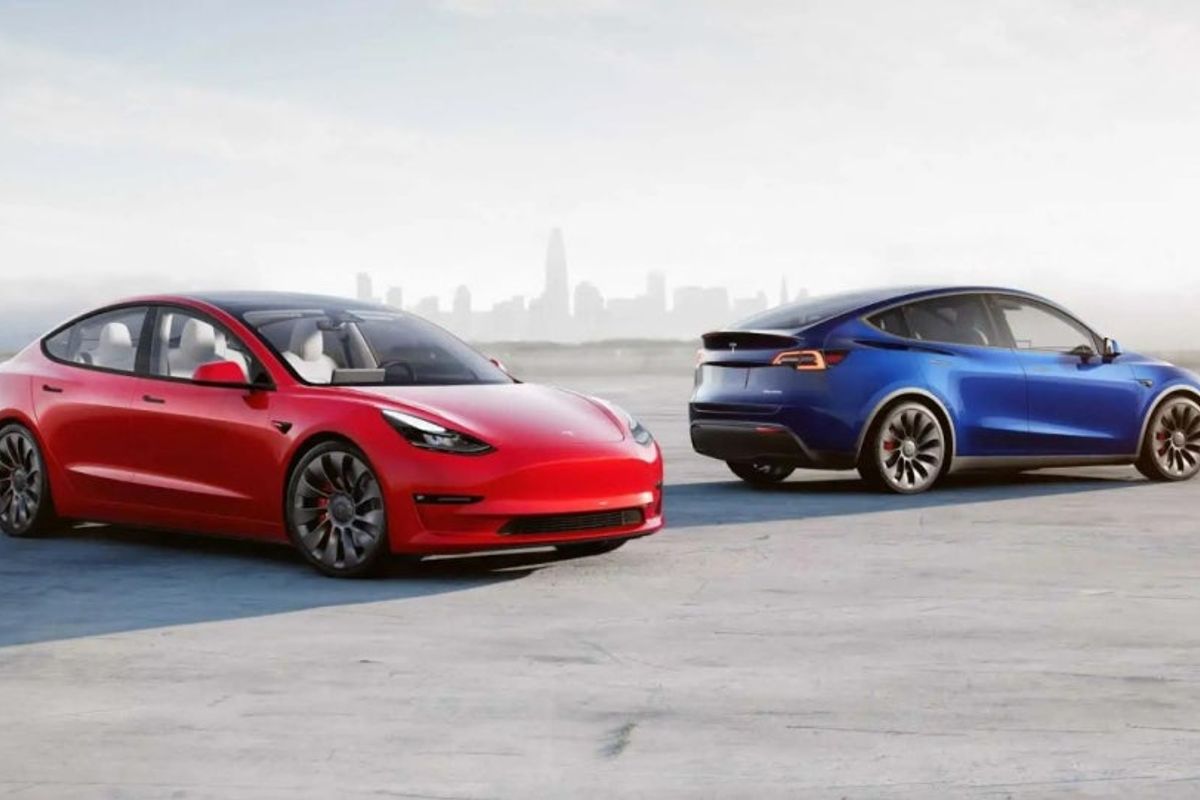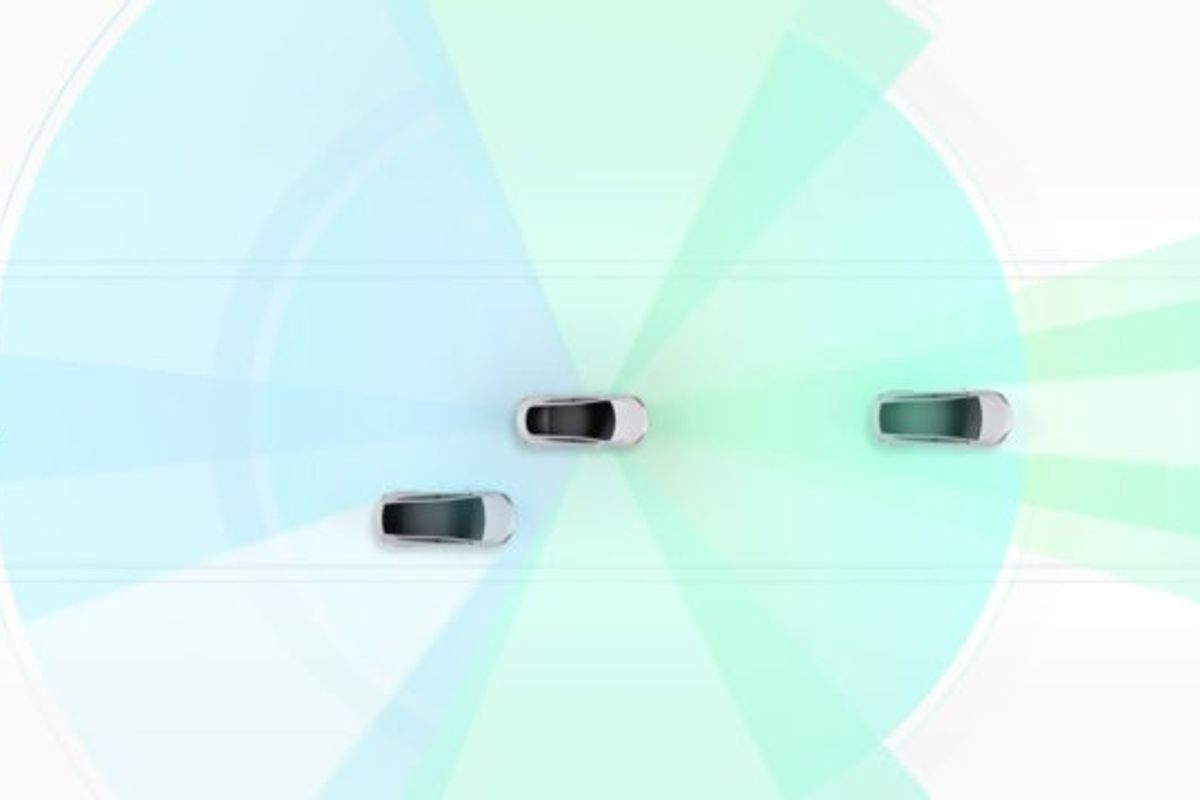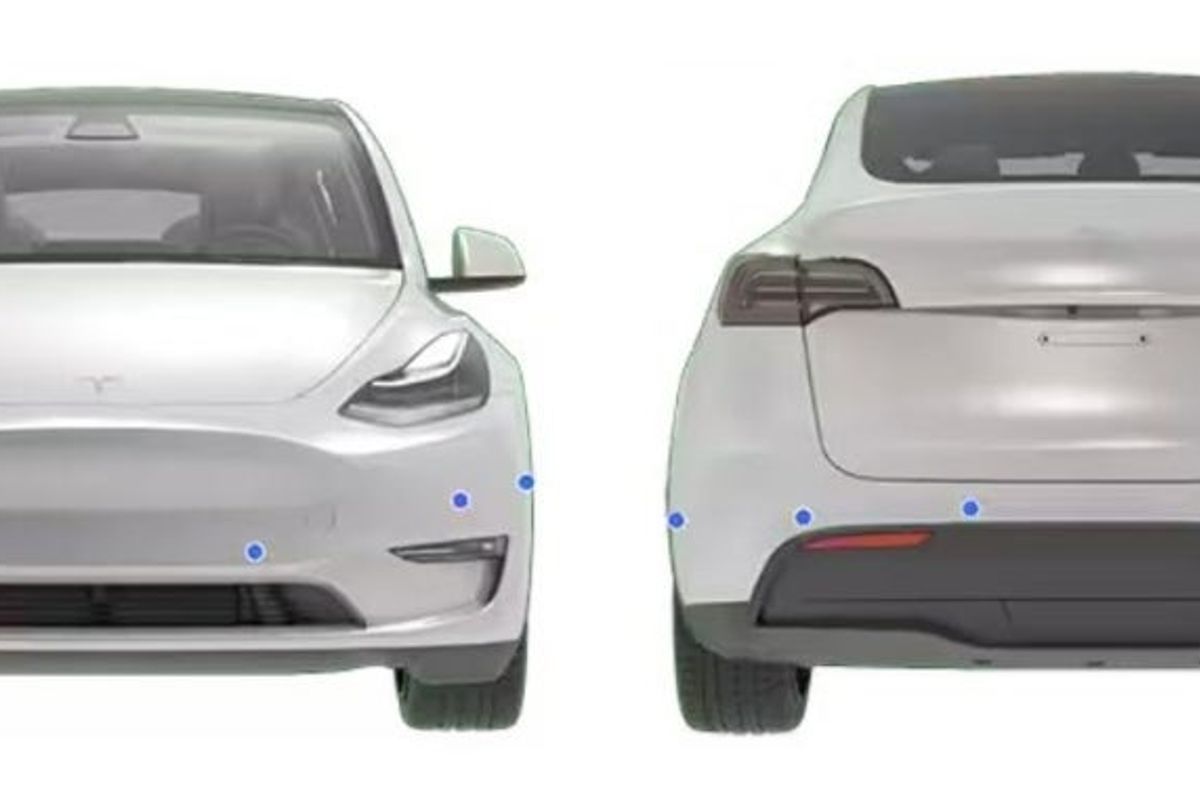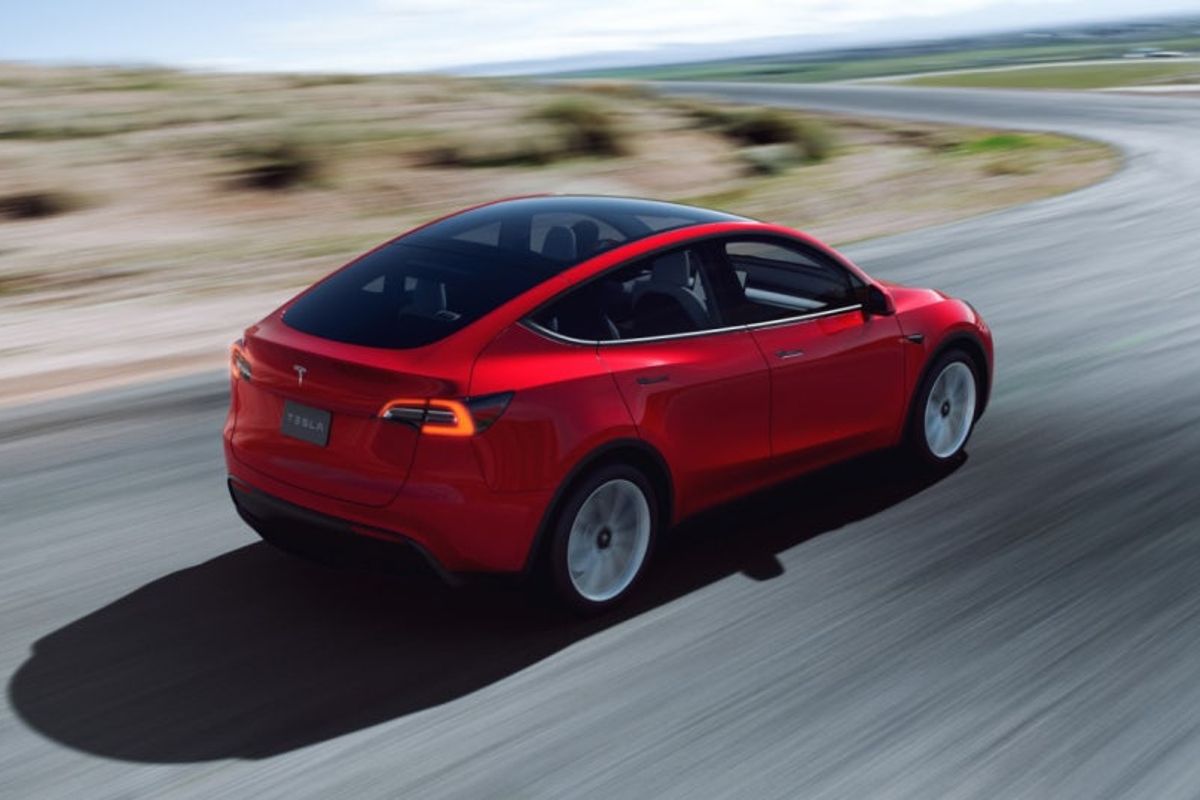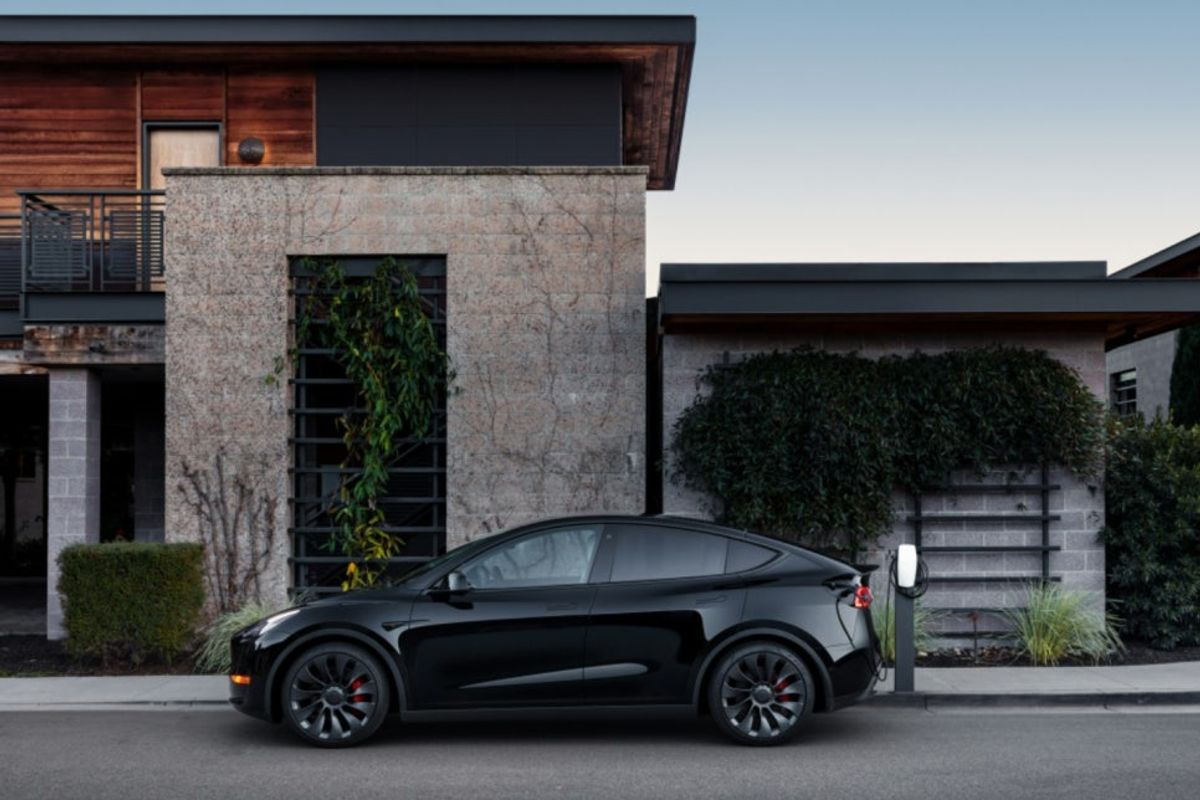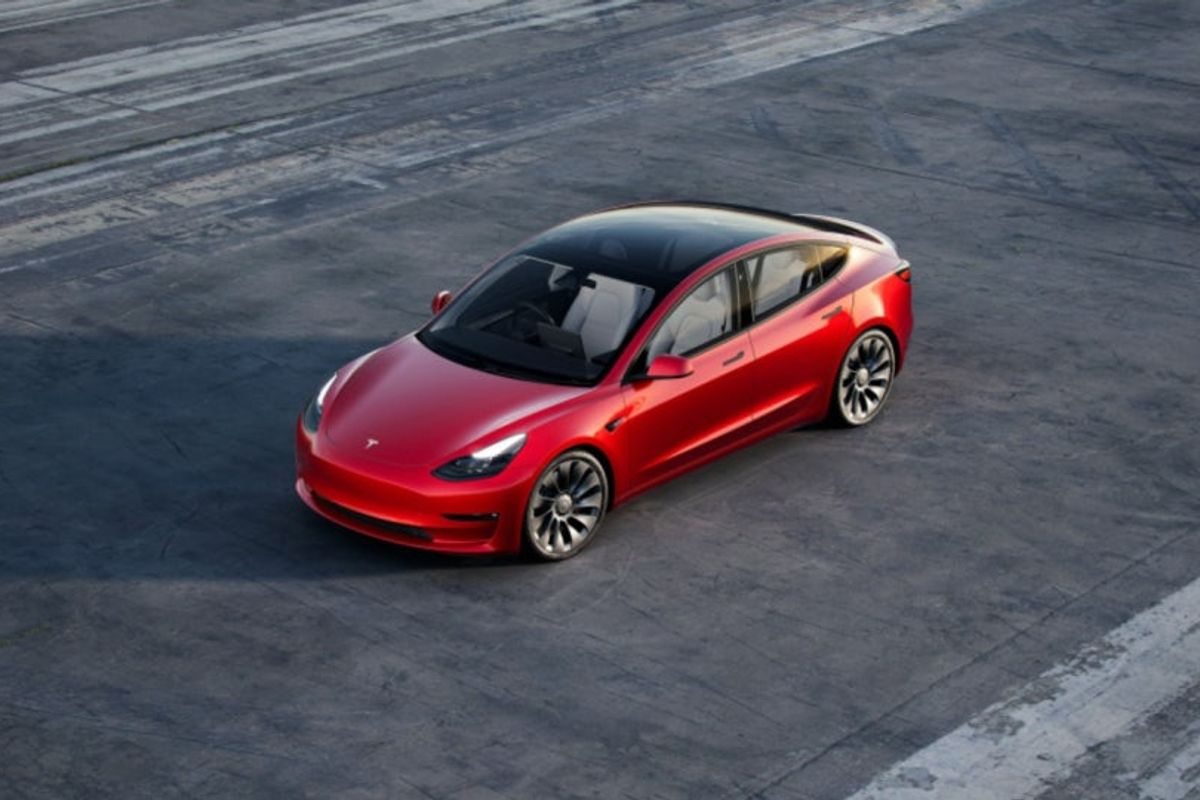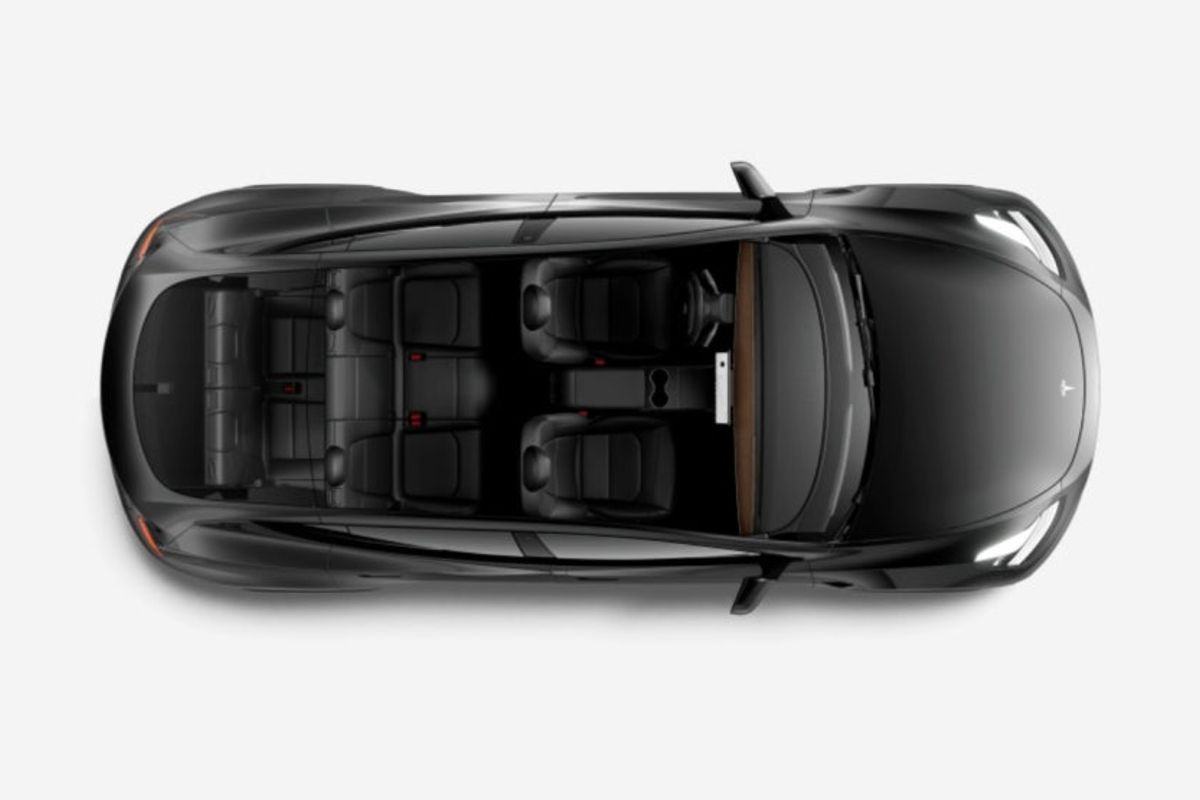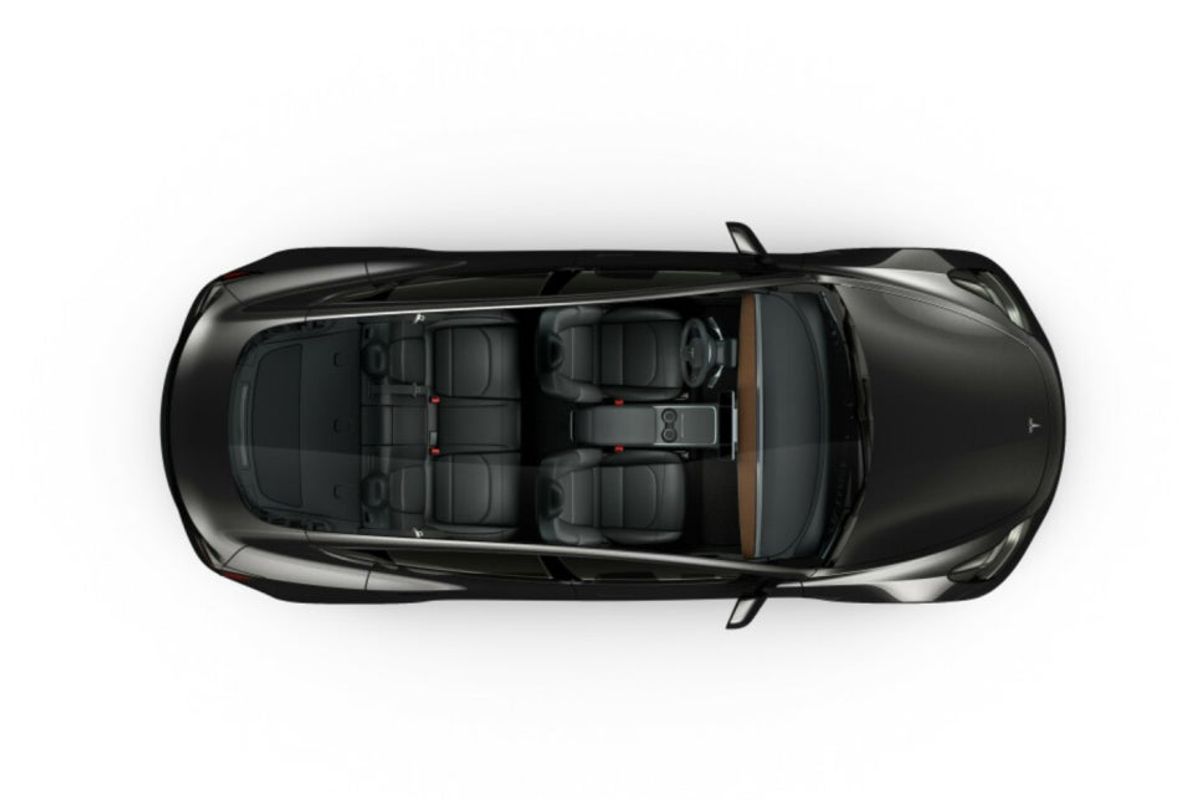Tesla plans to remove ultrasonic sensors from its Advanced Driver Assistance System (ADAS) and adopt cameras exclusively. Foreign media reports that Tesla will remove ultrasonic sensors from Model 3 and Model Y starting this month, and will sell Model S and Model X vehicles without ultrasonic sensors.
Think of ultrasonic sensors like bats. Bats emit ultrasonic waves and detect the returning waveforms to identify prey or obstacles. Similarly, ultrasonic sensors are used to detect nearby obstacles or measure distances. These sensors have been used primarily for parking assistance and were in use even before autonomous driving technology.
Tesla currently has 12 ultrasonic sensors mounted on the front and rear bumpers. The company now believes that camera-based image recognition technology alone is sufficient for distance measurement.
Tesla stated that the removal of ultrasonic sensors will limit some features such as park assist, autopark, and summon. They plan to restore these functions through over-the-air software updates. Tesla also assured that the removal of ultrasonic sensors would not affect crash safety ratings.
Tesla also removed radar sensors in February. The company believes that cameras alone can achieve full autonomous driving. However, they have not yet reached Level 4 or higher autonomous driving capabilities.
Tesla aims to expand its camera-based ADAS vision. The Tesla Vision system is based on eight cameras and a neural processing system. The vision system emphasizes the technology to perceive object depth using only cameras, without radar or lidar. This system has been applied to Model 3 and Model Y since May 2021.
Meanwhile, Tesla reported delivering approximately 343,000 vehicles to customers in the third quarter. This represents a 42% increase compared to the same period last year. During the same period, they produced about 365,000 vehicles. Model 3 and Model Y accounted for approximately 325,000 deliveries. Model X and Model S vehicles totaled about 18,000 deliveries. Tesla's production target for Model Y and Model 3 in the fourth quarter is approximately 495,000 units.
